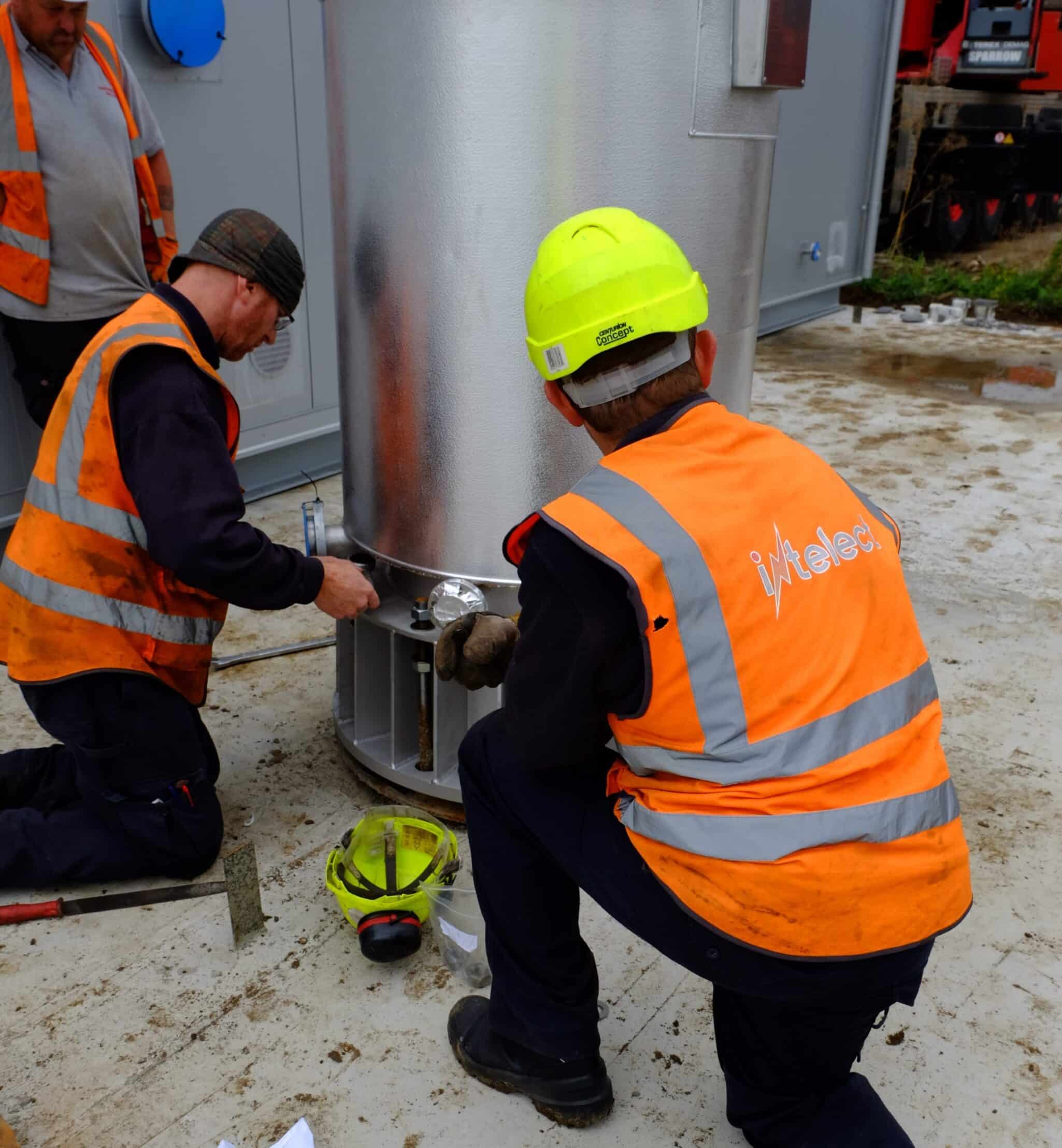After the success of their Anaerobic Digestion Workshop, Carbogenics are thrilled to announce they are…
MEMBER’S PRESS RELEASE: Biogas Upgrading Kept Simple
Exacting engineering and precise planning help make the installation our CApure Biogas Upgrading Plants as simple as possible. The Plant is fully assembled and rigorously tested in our manufacturing facility prior to shipment, making installation and commissioning a breeze.
Purac Puregas Ltd's latest project for the UK was collected from our Swedish manufacturing base by our freight forwarders on Monday 17th August, and unloaded and positioned on Friday 21st August.
The team were on site first thing Monday morning to begin the mechanical and electrical hook up – more green gas to grid coming soon.
The plant in Wiltshire will upgrade up to 700Nm3/h of raw biogas from the anaerobic digestion of agricultural by-products to UK gas grid specification, producing enough energy to heat around 3,500 homes or to fuel CNG vehicles.
Phil Bodsworth, Contracts Director Intelect Engineering Ltd, commented:
Precision engineering, attention to detail in site preparation and professional project execution meant the plant was unloaded and positioned in less than a day.
The CApure process recovers over 99.9% of the biomethane present in the raw biogas, by chemically adsorbing the CO2. The selective organic solvents used in this process are highly efficient, resulting in an end product containing more than 99% methane. The biomethane can be of high enough calorific value to be directly injected into the natural gas grid without the need to enrich with propane saving significant costs.
Protecting our Environment
CApure technology achieves the highest methane recovery, reducing methane slip to below 0.1%. There is no hidden additional cost or energy requirement associated with treating the tail gas and harmful emissions to the environment are avoided. The long life, biodegradable organic solvents used in the CApure process are part of a closed loop system, minimising water consumption.




